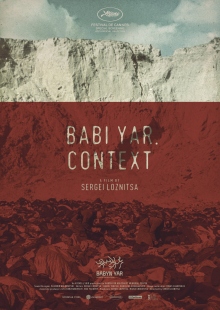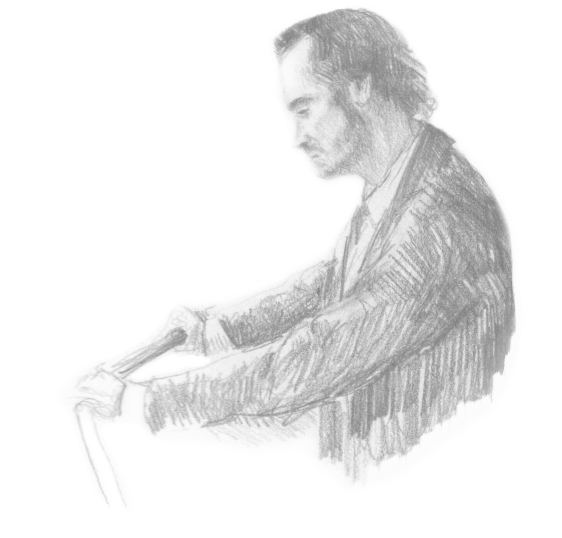

Babi Yar. Context
documentary historical
Duration 2h 1m
Country Holland, Ukraina
Director Sergey Loznitsa
Language Ukraina, vene, saksa, poola
Subtitle Language inglise

Sergei Loznitsa’s documentary project is conceived as an attempt to reconstruct and visualize the historical context of the Babyn Yar tragedy. The project comprising 20-25 short films will be presented on the BYHMC website. Loznitsa also intends to create a feature-length documentary for theatrical screenings and a video installation for the permanent collection of the future BYHMC Museum. The tragedy of Babyn Yar is almost devoid of authentic visual representation: Nazi authorities banned photo and film cameras from the places of mass executions. However, it is possible to reconstruct its...Show more
Sergei Loznitsa’s documentary project is conceived as an attempt to reconstruct and visualize the historical context of the Babyn Yar tragedy. The project comprising 20-25 short films will be presented on the BYHMC website. Loznitsa also intends to create a feature-length documentary for theatrical screenings and a video installation for the permanent collection of the future BYHMC Museum. The tragedy of Babyn Yar is almost devoid of authentic visual representation: Nazi authorities banned photo and film cameras from the places of mass executions. However, it is possible to reconstruct its historical context through archive footage, documenting the years of the German occupation of Ukraine, as well as the events of the subsequent decades, directly or indirectly related to the memory of Babyn Yar. Sergei Loznitsa, a prominent Ukrainian filmmaker, the recipient of the Alexander Dovzhenko State Award, whose films were awarded at numerous international film festivals, including Festival de Cannes, is working on a project-based entirely on archive footage shot during the period from June 1941 (when Nazi Germany invaded the USSR) till 1966, the year which saw the first architectural competition to build a memorial in Babyn Yar. “My aim is to reconstruct the context, which led to the Babyn Yar tragedy, and to plunge the spectator into the atmosphere of the time”.
Show lessScreenings
No screenings at the moment
















